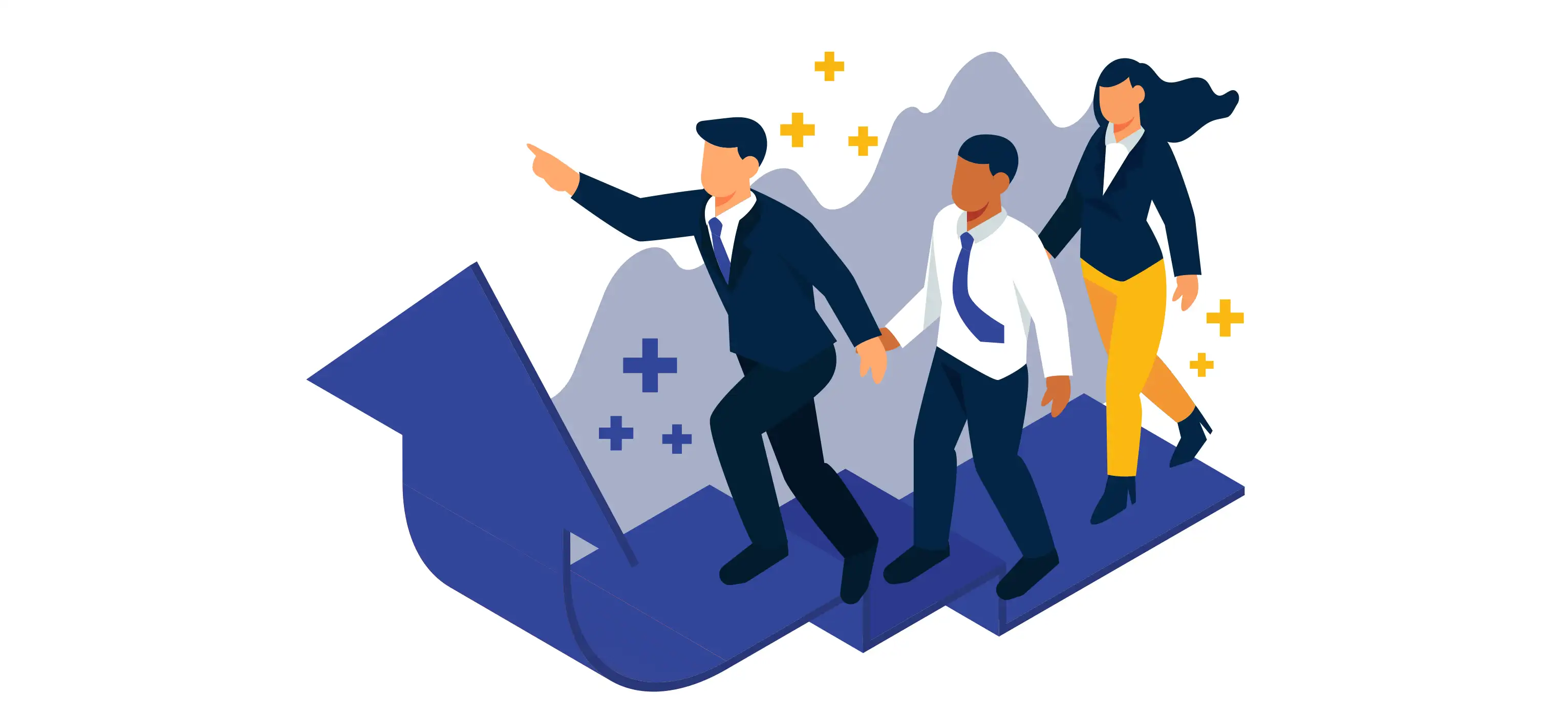
Starting to study German is a trip through many levels, spanning from A1 to C2. Each level represents an advancement in proficiency and communication abilities. At the A1 level, students acquire fundamental vocabulary and phrases, laying the framework for future advancement. As kids go to higher levels, such as B1 and B2, their ability to converse and read texts improves. Finally, obtaining C2 marks mastery allows individuals to express themselves freely and comprehend subtle nuances in the German language.
This blog will explore the nuances of each language level, providing valuable insights and practical tips to aid learners in their journey toward proficiency.
Check Out the Top German Language Certifications in Dubai
The CEFR is an internationally recognized framework that outlines language proficiency in six levels, ranging from A1 (beginner) to C2 (mastery). Each level describes what learners can understand and do in different situations. This standardized approach allows learners, educators, and institutions to understand someone's language skills clearly.
Here's a quick breakdown of the CEFR levels:
Understanding the progression from A1 to C2 in the German language journey is crucial for learners. Each level signifies a step forward in proficiency and communication abilities. Let's delve into the nuances of each level to grasp the learning journey better.
At this initial stage of the German language adventure, learners find themselves at the starting point, marked by the A1 level. Here, individuals can comprehend and utilize fundamental greetings and phrases.
They acquire the ability to introduce themselves and others, asking and responding to straightforward questions about their immediate environment, basic needs, and familiar individuals. Picture oneself ordering a coffee, seeking directions, or initiating a conversation with a neighbor – all within the realm of achievable tasks at this introductory level.
Having graduated from the complete beginner stage, individuals can now comprehend sentences and frequently used expressions about immediate relevance, such as personal and family information, shopping, local geography, and employment.
They can engage in simple and routine tasks, facilitating a direct exchange of information on familiar and routine matters. This proficiency level enables them to engage in small talk with colleagues, purchase groceries, and describe their daily routines quickly and confidently.
At the B1 level, individuals are halfway through their German language journey. They can comprehend clear, standard input on familiar topics in various settings such as work, school, and leisure activities. In addition, they can navigate most situations that are likely to arise while traveling in German-speaking areas. They can vividly describe experiences, events, dreams, hopes, and ambitions at this stage.
Moreover, they can concisely state reasons for their opinions and plans. This level of proficiency facilitates discussing weekend plans with friends, grasping news reports on everyday topics, and seeking travel recommendations.
Reaching the C2 level in the German language marks a significant milestone. Individuals at this level demonstrate the ability to comprehend the main ideas presented in complex texts covering concrete and abstract topics, including technical discussions within their field of specialization. They exhibit fluency and spontaneity in their interactions, enabling seamless communication with native speakers without causing strain.
Moreover, they can produce clear and detailed texts across various subjects and effectively articulate viewpoints on topical issues, presenting multiple options and their advantages and disadvantages.
Approaching mastery, one can easily comprehend a diverse array of challenging, extended texts, discerning implicit meanings. Fluency in expression is achieved, with thoughts flowing effortlessly and minimal search for suitable phrases. Language has become a versatile tool for social, academic, and professional contexts, enabling effective communication.
Proficiency extends to producing articulate, comprehensive texts on intricate topics, with adept control over organizational structures, coherence, and stylistic elements. Envision effortlessly following complicated university lectures, actively engaging in professional meetings, or crafting sophisticated essays with precision and finesse.
Individuals effortlessly understand virtually everything they hear or read at the pinnacle of German language proficiency. They adeptly summarize information from various spoken and written sources, reconstructing arguments and accounts coherently.
Expressing themselves spontaneously, they exhibit fluency and precision, discerning finer shades of meaning even in complex situations. This level of mastery enables comfortable engagement in philosophical discussions, comprehension of intricate literary works, and confident delivery of presentations on specialized topics.
Find Out the Common German Words
Beginning the journey of learning German requires a strategic approach. Here are some invaluable tips to help you reach your language goals:
By incorporating these tips into your language learning routine, you'll find yourself making steady progress towards fluency in German. Stay focused, persistent, and motivated on your language learning journey.
You May Like to Know: German Phrases for Beginners
In conclusion, the journey through German language levels, from A1 to C2, is an enriching experience that opens doors to new opportunities and connections. By understanding the progression and utilizing valuable tips, learners can confidently navigate each stage toward fluency. With dedication, practice, and patience, mastering German becomes an achievable and rewarding goal for anyone embarking on this linguistic adventure. For individuals seeking a structured approach, enrolling in a German language course offers a systematic learning path, providing essential guidance and resources. This approach facilitates progressive language proficiency at each level.

English Language and Soft Skills Trainer
Ms. Shereen Backer is a broad minded English language and Soft Skills trainer with Edoxi Training Institute, Dubai. She is fascinated about training young minds and professionals to reach new heights in their career. Her vast experience as an English language and soft skills trainer enables her to handle training sessions for students from diverse cultures.
Ms. Shereen challenges her students to be the best version of themselves. She holds strong records of accomplishment with TESOL/TEFL Certification and IDP Teacher’s Training Program Accreditation.
For the last seven years, she has been working with companies and universities as an ESL/EFL verbal trainer cum academic and career counsellor. She helped more than 500 individuals to clear exams like IELTS, PTE, TOEFL, OET, DET, PSAT, NMSQT and SAT. She also specialises in voice and accent training for English language students.
